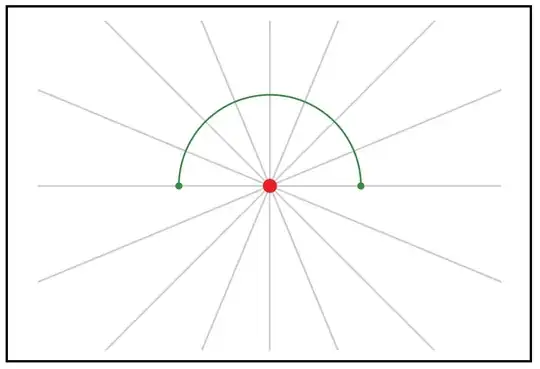To understand the relationship between $\mathbb{R}^3$ and the projective plane $P^2$, I asked this question.
From that answer, I understood that ${P}^2$ is basically $\mathbb{R}^2$ and points in infinity, and a line in $\mathbb{R}^3$ which passes through the origin gives a point in $P^2$, while a line in $P^2$ gives a plane in $\mathbb{R}^3$ which passes through the origin.
Also, a line in $P^2$ is a collection of points, and each of those points represent lines in $\mathbb{R}^3$ through the origin. If you consider all the lines together, they form a plane in $\mathbb{R}^3$ through the origin. For example, each point on the line at infinity in $P^2$ corresponds to a line through the origin in the $xy$-plane, and if we consider all of these lines together, they give us the $xy$-plane.
Moreover, from that answer I understand that a line in $\mathbb{R}^3$ does not give a line in $P^2$, and a line in $P^2$ does not give a line in $\mathbb{R}^3$.
But I don't understand this statement "a line in $\mathbb{R}^3$ is infinite in both directions, while a line in $P^2$ is a circle".
I'm a computer science student. To understand computer graphics, these basic concepts are very necessary. Please use simple terms which I can understand easily and not too many technical terms.
